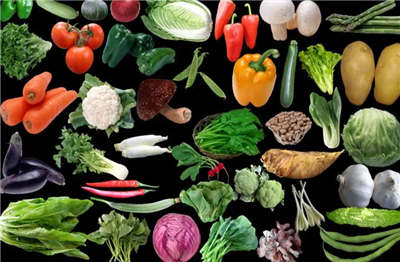花生的英文怎么讲 The Nutty Marvel A Comprehensive Guide to Peanuts
Peanuts, also known as groundnuts, are among the most widely consumed and versatile legumes around the world. This article aims to provide a comprehensive overview of peanuts, including their history, cultivation, nutritional benefits, culinary uses, and potential health risks.
1. History of Peanuts: Peanuts have a long and illustrious history. It is believed that they originated in South America, particularly in Peru and Brazil, where they have been cultivated for thousands of years. They were introduced to Africa in the 16th century by Portuguese traders and were later brought to North America by African slaves.

2. Cultivation and Varieties: Peanuts thrive in warm climates and are primarily grown in tropical and subtropical regions. The plants require sandy soil, ample sunlight, and a moderate amount of water. There are four main varieties of peanuts: Virginia, Spanish, Valencia, and the lesser-known Runner.
3. Nutritional Benefits: Peanuts are packed with essential nutrients. They are an excellent source of plant-based protein, healthy fats, dietary fiber, vitamins (such as niacin and folate), and minerals (including magnesium, phosphorus, and potassium). Regular consumption of peanuts has been associated with numerous health benefits, including reduced risk of heart disease and improved cognitive function.
4. Culinary Uses: Peanuts are incredibly versatile in the kitchen. They can be enjoyed in various forms – roasted, boiled, dry-roasted, ground into flour, or pressed into oil. Peanuts are commonly used in cooking savory dishes, such as stir-fries and sauces. They are also a staple ingredient in many popular snacks, confections, and desserts.

5. Peanut Allergies and Precautions: While peanuts offer numerous health benefits, it is important to note that they are a common food allergen, and peanut allergies can range from mild to severe. Individuals with peanut allergies should exercise caution and avoid consuming peanuts or products that may contain traces of peanuts.
6. Peanut Sustainability and Environmental Impact: The cultivation of peanuts has both positive and negative impacts on the environment. On the positive side, peanuts enrich the soil by fixing nitrogen and requiring fewer chemical fertilizers. However, the intensive water requirements and reliance on pesticides can have detrimental effects on water resources and overall ecosystem health.

7. Peanuts in Popular Culture: Peanuts have found their way into popular culture worldwide. The beloved comic strip \"Peanuts\" created by Charles M. Schulz showcases iconic characters like Charlie Brown and Snoopy. Additionally, peanut-based snacks and peanut butter have become integral parts of many cultures, contributing to a wide range of culinary delights.
8. Peanut Butter: A Household Favorite: Peanut butter, a creamy and delicious spread made from ground peanuts, has garnered immense popularity globally. It is a cherished staple in countless households, used in sandwiches, desserts, and even savory dishes. Peanut butter provides a convenient and nutritious option for both adults and children.
9. Global Peanut Production and Consumption: Peanuts are a significant agricultural crop globally. The top peanut-producing countries include China, India, the United States, Senegal, and Nigeria. The consumption of peanuts and peanut products varies across regions, with some countries incorporating them into traditional cuisines, while others primarily use them as snack foods or ingredients.
10. In Conclusion: Peanuts are a versatile and nutrient-dense legume, celebrated for their taste, culinary uses, and health benefits. However, individuals with allergies should exercise caution, and sustainable farming practices should be embraced to minimize the environmental impact of peanut production. Whether enjoyed as a snack, a spread, or a key ingredient, peanuts continue to captivate taste buds and enrich culinary experiences around the globe.







